venusrobots
1K posts
so let us melt, and make no noise
Don't wanna be here? Send us removal request.
Text


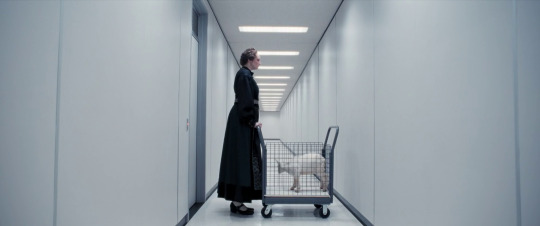




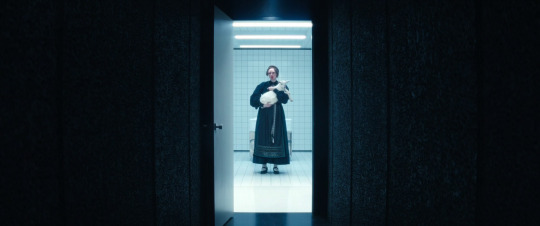

Gwendoline Christie as Lorne in Severance -Season 2 Finale- Cold Harbor
2K notes
·
View notes
Text

175 notes
·
View notes
Text


Bernie and AOC hosting record-breaking anti-oligarchy rallies, including one today that included 34K(!) Coloradans, and raising millions in small dollar donations.
Dems (with record-low favorability) like Chuck Schumer canceling book tours or hiding because they fear ridicule for doing nothing substantial to oppose the Trump Admin.
Biden and Harris signing Hollywood agency deals.
Republican politicians booed at their own town halls for all the garbage they’ve created this year.
All on the same timeline.
A better world is possible and the path is clear: progressive politics will win.
196 notes
·
View notes
Text












j-hope — ‘MONA LISA’ (2025)
#yeah he is 🤒 MY BABY!!!!#him having the come up with the easiest possible dance for hybetok and it still being this 😵💫#i love u#hoseok
503 notes
·
View notes
Text
















Your outie prefers two scoops of ice cream in a serving, but they must be the same flavor.
11K notes
·
View notes
Text



highly recommend a hot air balloon flight
1 note
·
View note
Text
y'all, it was always going to end this way. from the moment mark scout told mark s. about reintegration, it was always going to end this way. mark scout literally looked mark s. in the eyes and said "we're going to have a life, and it's going to my life. we're going to live in my house with my wife and have the life i want. and you're going to like it because you're an extension of me." he didn't see mark s. as a person and that, in the end, was his greatest downfall.
mark s. did what mark scout asked. he fought his way to the elevator and he ran ms. casey to the stairs so she could be gemma again in the outside world. he saved the poor, tortured, woman trapped in lumon's basement because that was the right thing to do. but then, when faced with a choice between dying forever or turning around to try and somehow have a life of his own? with the woman he loves? of course he turned around.
this doesn't have anything to do with which ship is better or what was the most logical thing to do or even what mark and helly are going to do now. the point is mark s. stood there at the door, at the literal precipice of death, and said "i want to live. i want to live. i want to live." and come on, wouldn't you do the same?
#idk if i already reblogged this but i will reblog it AGAIN and AGAIN!!!!!!!!!!!!!!!!!!!!!!#severance
4K notes
·
View notes
Text
anyway. there are four people here. you are not meant to be rooting for one relationship over the other. you’re not supposed to want one mark to live while the other one dies. mark s./helly and mark/gemma are both real relationships. you should be rooting for them ALL to win, despite the odds.
stop saying mark s. should have left with gemma. why should have have done that? because he’s ’just an innie’? you’re just as bad as lumon if you think that. he has a right to live and choose to be with the person he loves in his final moment. he has agency. he is a human being
#severance#severance spoilers#severance finale#markhelly#markgemma#i’m just kind of like what almost dead bodies are we gonna steal to give mark and helly their own chance at life outside of the severed floo
19 notes
·
View notes
Text

exactly and i am fr concerned for some of you. go watch a video on kinesics and practice reading the body language / facial expressions of your friends bc you seriously scare me
#this is a look of pity / empathy 😭 you guys (REDDIT AND TWITTER) are nuts#severance#severance spoilers#helly r#are we watching the same show where…helly was trying to help mark save gemma…ooooor#sympathy** not empathy jfc
20 notes
·
View notes
Text
sooooooooooooo many things to scream about tonight but number one on the list is the difference in the ways dylan and mark's outies talked to their innies. from the get-go mark scout is nothing but patronizing to mark s. he created mark s as an escape from his grief, and now he wants to use mark s as a means to an end to save his wife and pick up his life where he abandoned it. he gets helly's name wrong and calls her 'the person you're seeing' because he doesn't recognize mark s's humanity. he sees mark s as an extension of himself, and he only loves gemma, so of course whatever mark s feels for helly can't be real or worth fighting for. and when mark s understandably doesn't see it his way, mark scout lashes out, calling mark s a child.
but then you have the letter dylan george wrote to dylan g. in three paragraphs dylan george talks to his innie like an adult, like they are peers. he's angry at dylan g, but at the same time, he understands why dylan g did what he did. he would have done the same if he were in dylan g's place. after years of being jealous of his outie, dylan g learns that his outie thinks he (dylan g) is the one to emulate, the self-assured badass. and where helena and mark scout made their innie's decisions for them ("i am a person. you are not.") dylan george breaks the cycle: he offers his opinion, but ultimately puts the decision back in dylan g's hands.
at the end of this season, dylan g is gifted agency. and after fulfilling his purpose, mark s steals his agency back.
7K notes
·
View notes
Text


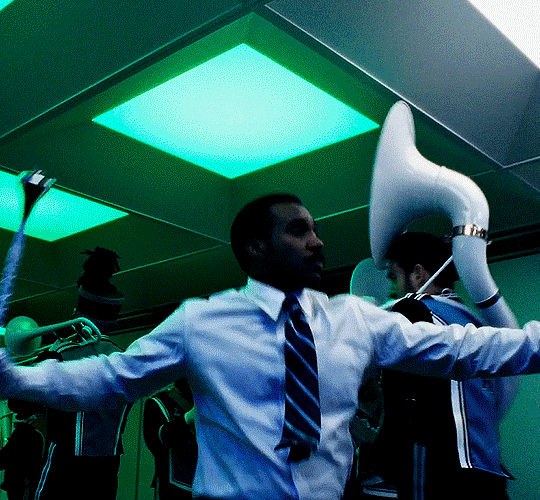

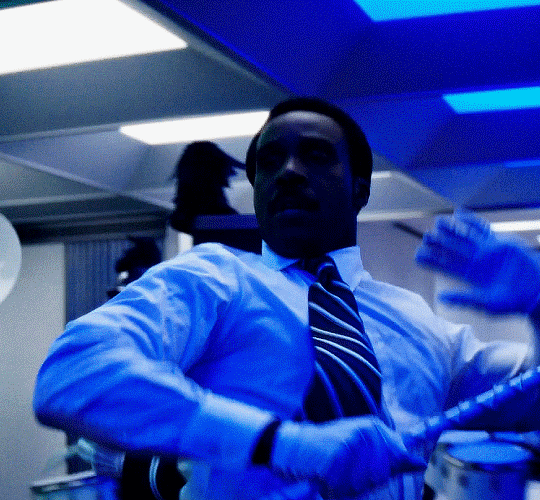
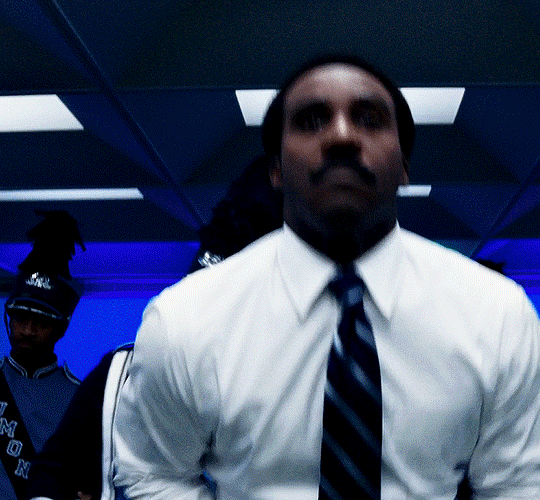
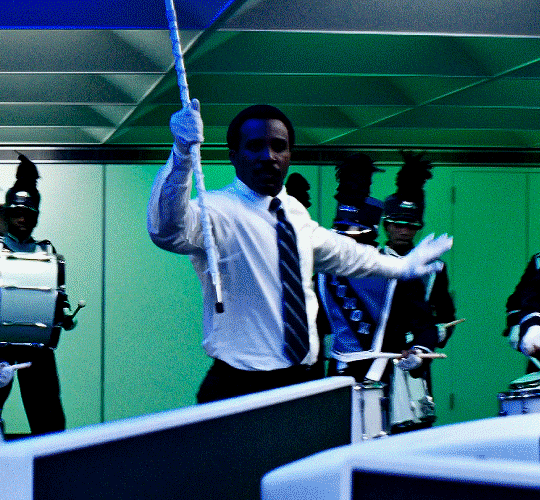
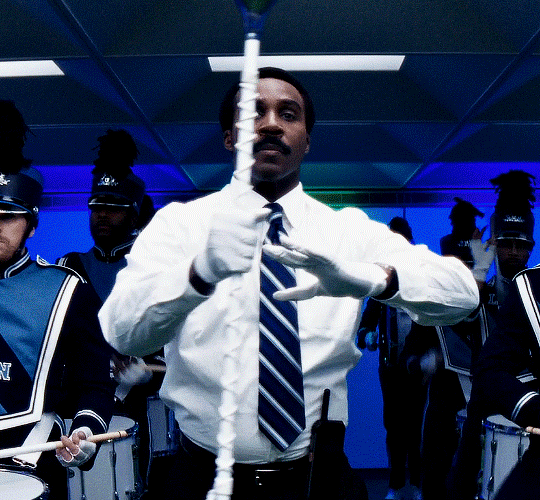
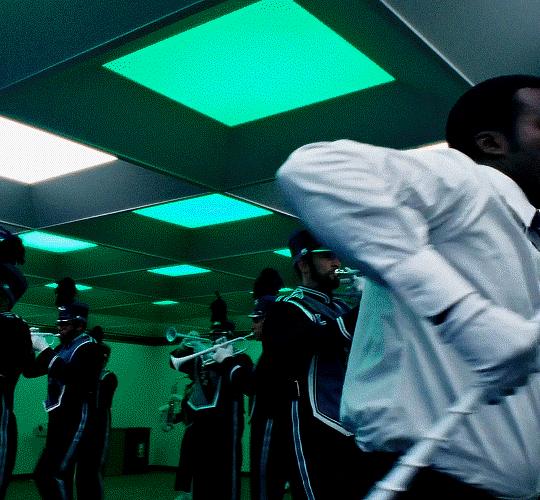

Severance 2.10 "Cold Harbor"
5K notes
·
View notes
Text
ok i need to stay off reddit and twitter because the amount of people talking shit about mark s. is really getting to me. why are you SO mad he didn’t want to die to serve his outie after being imprisoned by mark scout and being a slave for his entire fucking existence? these people are pissing me off SO MUCH and i actually want to be petty and say this entire fucking situation is mark scout’s fault to begin with for willingly creating a whole new fucking person because he didn’t want to deal with his own grief and baggage. sorry but i don’t think that’s a good enough reason to literally enslave someone. you played yourself. i’m actually concerned with how so many people - based on their words about this finale - would probably be fine with severance as a procedure IRL. this show is screaming at you to see innies as the human beings they are and you guys are not fucking listening! who else do you see as subhuman because of their profession or gender or the color of their skin? i’m curious.
‘he could have done the right thing and let mark scout and gemma be happy together if he was going to die either way’ he doesn’t owe them anything. he already risked his life to get gemma out, because he is a kind person and understood that she was suffering. but i’m sorry, if i had a chance at giving the person who made my life a literal fucking hell a happy ending i would personally probably be like nah. fuck that. i’m taking you down with me. which mark s. wasn’t even doing btw! he just wanted five more minutes with the person he loves. since he thinks he’s going to die anyway.
‘mark s would rather sit in hell with his girlfriend forever than even have a chance at a real life’ that’s…kind of the point? he knows helena would never even try to reintegrate with helly. he’s losing her forever either way. why would he want to reintegrate if it means losing her? you know HE doesn’t love gemma, right?
and do you not get that his outie did a terrible job at trying to explain reintegration!? mark scout is so fucking selfish that he didn’t even mention PETEY! petey, who told mark scout they were best fucking friends on the inside! and that still meant nothing to him. petey, who explained that reintegration does not work as a left/right, top/bottom type thing, that his memories at lumon go as far back as his fifth birthday. there IS a chance that reintegration can actually work, and mark scout could have fucking mentioned that at least once to his innie but he still doesn’t see mark s. as a real person, and he probably tuned out all that shit petey was saying back in season 1 anyway. but if he could have gotten his head out of his ass for once second and just tried to fucking meet his innie halfway…who knows
#severance#severance spoilers#severance finale#markhelly#markgemma#petey#i need to stay off twitter. I NEED TO STAY OFF TWITTER AHHHH#YEAH IT WAS SAD BUT STOP GIVING MARK S SHIT
37 notes
·
View notes
Text
STOP INFANTILIZING INNIES 2K25
5 notes
·
View notes
Text
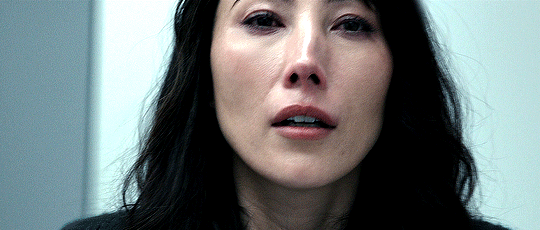



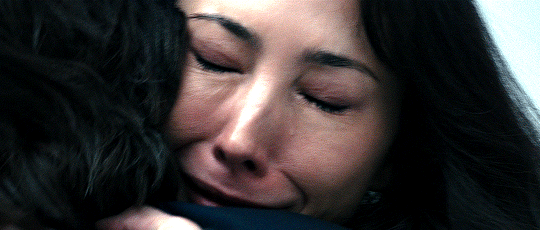





SEVERANCE | 2x10 | Cold Harbor
#SIDNHE CALL HWR THAT#DIDNHE CALL HER THAT#ok time to kms myself#ARGEHEHRHEHHRHRHR ITS TOO SAD#severance#severance spoilers
2K notes
·
View notes
Text
anyway. goodnight. i can’t handle people who watch tv wrong. i went to better call saul university and have a degree in being right
2 notes
·
View notes
Text

hold on. quick addition

29 notes
·
View notes
Text

29 notes
·
View notes